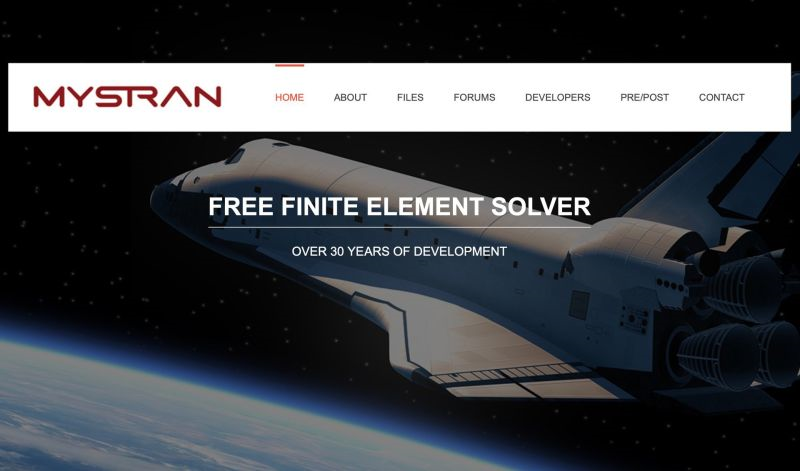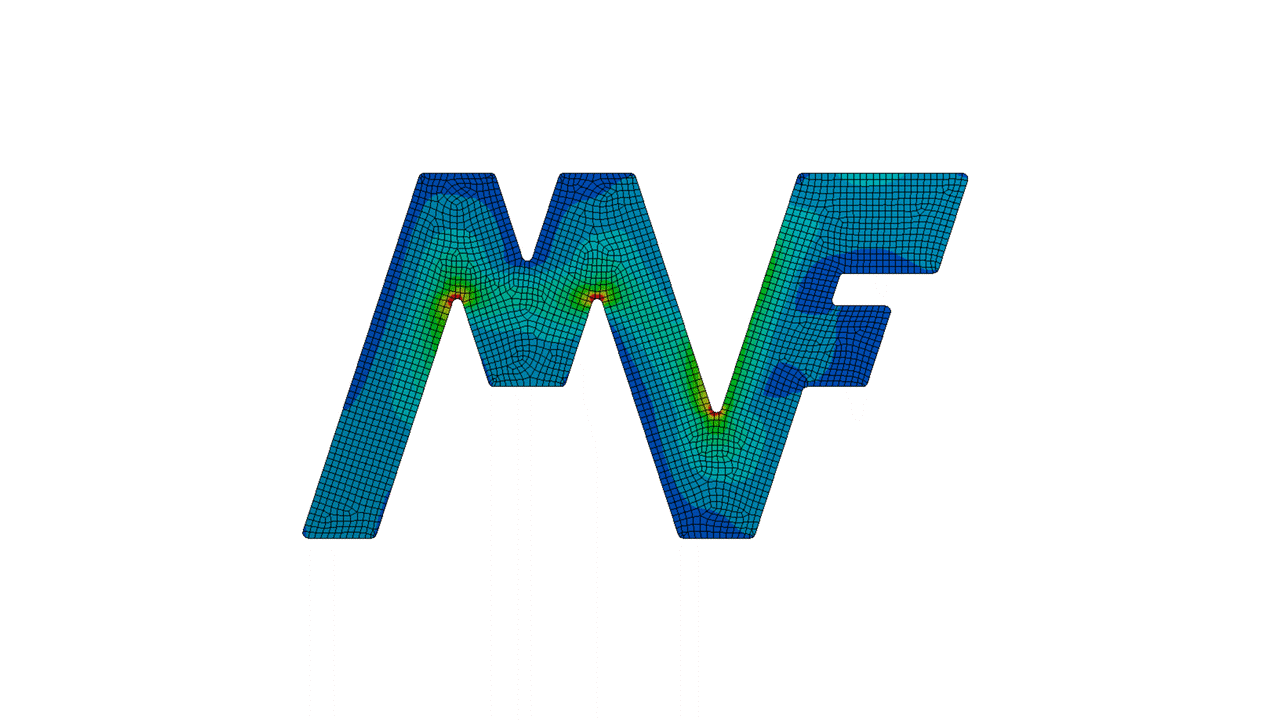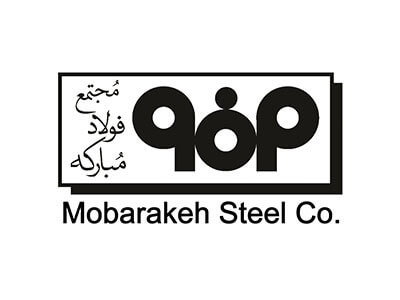Linear finite element analysis with MYSTRAN
MYSTRAN is a software designed for linear finite element analysis of structures. It is an acronym for “My Structural Analysis,” indicating its versatility in solving various finite element analysis problems. The input format for MYSTRAN is similar to the popular NASTRAN program developed by NASA in the 1970s, and many structural analyses modeled for execution in NASTRAN can be executed in MYSTRAN with little or no modification.
However, MYSTRAN is not NASTRAN, as all the finite element processing, including the generation of the global stiffness matrix and the input/output routines, is written in independent, modern Fortran 90/95 code.
Access to files, documentation, and more https://www.mystran.com/
What is linear finite element analysis?
What are the advantages of using open source software for solving linear FE problems?
Open source software for solving linear FE problems has several advantages over proprietary software. Some of the advantages include:
- Cost-effectiveness: Open-source software is usually free to use, which can significantly reduce costs for individuals and organizations.
- Customizability: Open source software can be customized to meet specific needs, allowing users to modify the software to suit their requirements.
- Transparency: Open source software is transparent, meaning that users can access and modify the source code. This makes it easier to understand how the software works and to identify and fix any issues.
- Community support: Open source software is often supported by a community of developers who contribute to its development and provide support to users.
- Interoperability: Open source software is often designed to be interoperable with other software, making it easier to integrate into existing workflows.
There are some limitations to using open source software for solving linear FE problems. One of the main limitations is the lack of support and documentation compared to commercial software. Additionally, open source software may not have all the features and capabilities that commercial software offers. However, open source software can often be customized and modified to meet specific needs, and it is generally more cost-effective than commercial software. Ultimately, the choice between open source and commercial software will depend on the specific needs and resources of the user.













